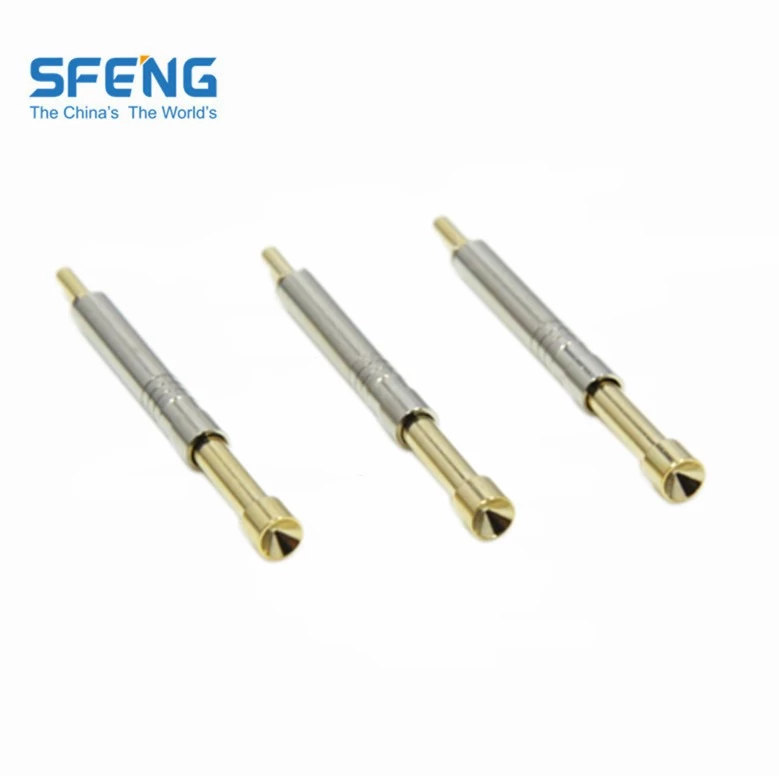Suzhou Shengyifurui Electronic Technology Co.,Ltd.
Suzhou Shengyifurui Electronic Technology Co.,Ltd.
In the world of electronics manufacturing, testing is a crucial step to ensure the quality and functionality of the final product. Two commonly used testing methods are flying probe testing and in-circuit testing (ICT). While both methods serve the same purpose, there are significant differences between them in terms of their approach, capabilities, and limitations.
Flying probe testing, as the name suggests, involves the use of flying probes to test the electrical connectivity of a printed circuit board (PCB). These probes are small, movable pins that make contact with various points on the PCB to measure voltage, resistance, and continuity. Unlike ICT, flying probe testing does not require the use of a bed of nails or a custom fixture, making it a more flexible and cost-effective option for small production runs or prototypes.
One of the key advantages of flying probe testing is its ability to test complex and densely populated PCBs. With the ability to move freely and access any point on the board, flying probes can easily reach areas that are difficult to access with traditional ICT methods. This makes flying probe testing particularly useful for PCBs with fine-pitch components, high-density interconnects, or irregular shapes.
However, flying probe testing does have its limitations. Due to the nature of the testing process, it can be relatively slow compared to ICT. The probes need to move from one test point to another, which can take time, especially for large PCBs with numerous test points. Additionally, flying probe testing is primarily a functional test, meaning it focuses on verifying the electrical connectivity of the board rather than testing individual components. This makes it less effective in identifying component-level defects or issues.
On the other hand, ICT is a more traditional and widely used testing method in the electronics industry. It involves the use of a bed of nails or a custom fixture that makes contact with specific test points on the PCB. By applying voltage and measuring the resulting current, ICT can detect faults such as short circuits, open circuits, or incorrect component values. ICT is a faster testing method compared to flying probe testing, as it can test multiple test points simultaneously.

One of the main advantages of ICT is its ability to test individual components on the PCB. (pcb test probe factory china) By applying specific test patterns and signals, ICT can verify the functionality of components such as resistors, capacitors, and integrated circuits. This makes ICT a more comprehensive testing method for identifying component-level defects or issues.
However, ICT also has its limitations. It requires the creation of a custom fixture or bed of nails, which can be time-consuming and expensive, especially for small production runs or prototypes. Additionally, ICT is less suitable for testing complex or densely populated PCBs, as the fixture may not be able to access all the necessary test points. This can result in incomplete or inaccurate testing results.
In conclusion, both flying probe testing and ICT are valuable testing methods in the electronics manufacturing industry. (ICT Test switch probe wholesales china) Flying probe testing offers flexibility and accessibility, making it suitable for complex or densely populated PCBs. On the other hand, ICT provides comprehensive component-level testing, making it ideal for identifying defects or issues at the individual component level. The choice between the two methods depends on the specific requirements of the PCB and the desired level of testing accuracy and efficiency.